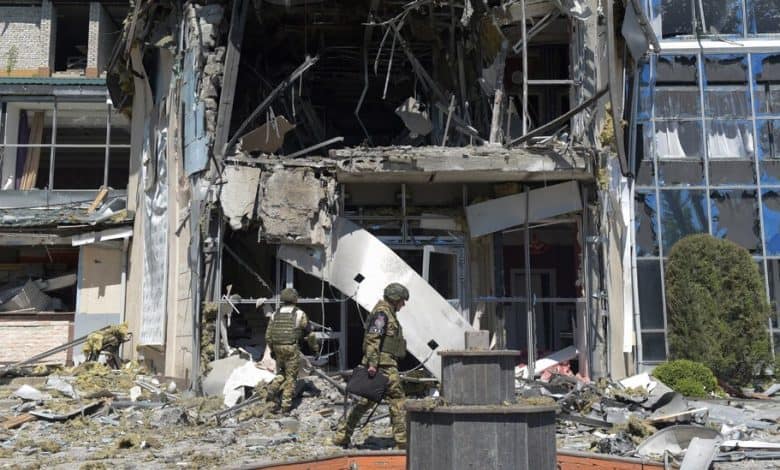Ukraine Steps Up Attacks With U.S. Long-Range Missiles

The Ukrainian army has increasingly used U.S.-supplied long-range missiles to target Russian airfields and warships deep behind enemy lines, a practice that has brought it some success within Russian-occupied Ukrainian territory, but that it has been barred by Washington from extending into Russia proper, limiting its ability to repel Russian assaults.
In the past week, Kyiv’s forces launched three attacks using Army Tactical Missile Systems, known as ATACMS. The air assaults — which hit an air-defense system and a missile ship in Russian-occupied territory in Ukraine’s east and south — were reported by both sides, and their impact was confirmed by independent groups that analyze geolocated footage of the battlefield.
Ukraine hopes that the strikes, by hurting Moscow’s ability to conduct military operations, will ultimately help relieve troops struggling to contain Russian advances on the ground. But the United States and other Western allies have permitted only the firing of Western weapons into Russian-occupied territory in Ukraine, not into Russia itself, for fear of escalating the war.
Ukrainian officials have complained that the policy allows Moscow to launch attacks from inside Russia without risk and handcuffs Ukraine’s ability to repel them. “They proceed calmly, understanding that our partners do not give us permission” to strike, President Volodymyr Zelensky of Ukraine said in an interview with The New York Times this past week. “This is their huge advantage.”
Now, pressure is mounting on the Biden administration to reverse that policy in the face of Ukraine’s difficulties on the battlefield. The latest call came on Friday, with NATO’s secretary general, Jens Stoltenberg, telling The Economist that denying “Ukraine the possibility of using these weapons against legitimate military targets on Russian territory makes it very hard for them to defend themselves.”
Ukraine does not produce powerful long-range weapons, leaving it dependent on its Western allies to obtain them. But Washington had long refused to even provide ATACMS — pronounced “attack ems” — fearing that doing so could cross one of the Kremlin’s “red lines” that would lead to escalation.
